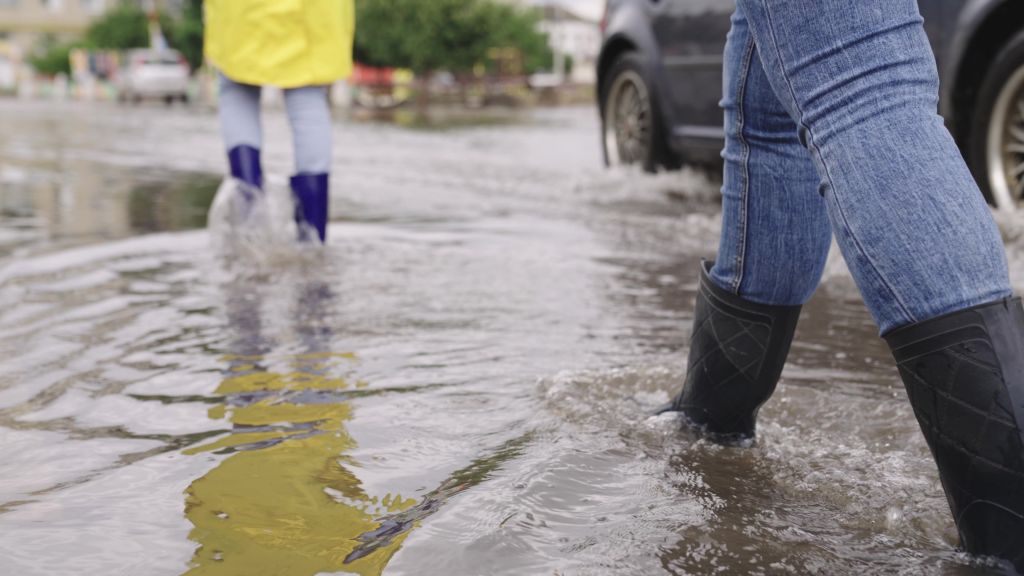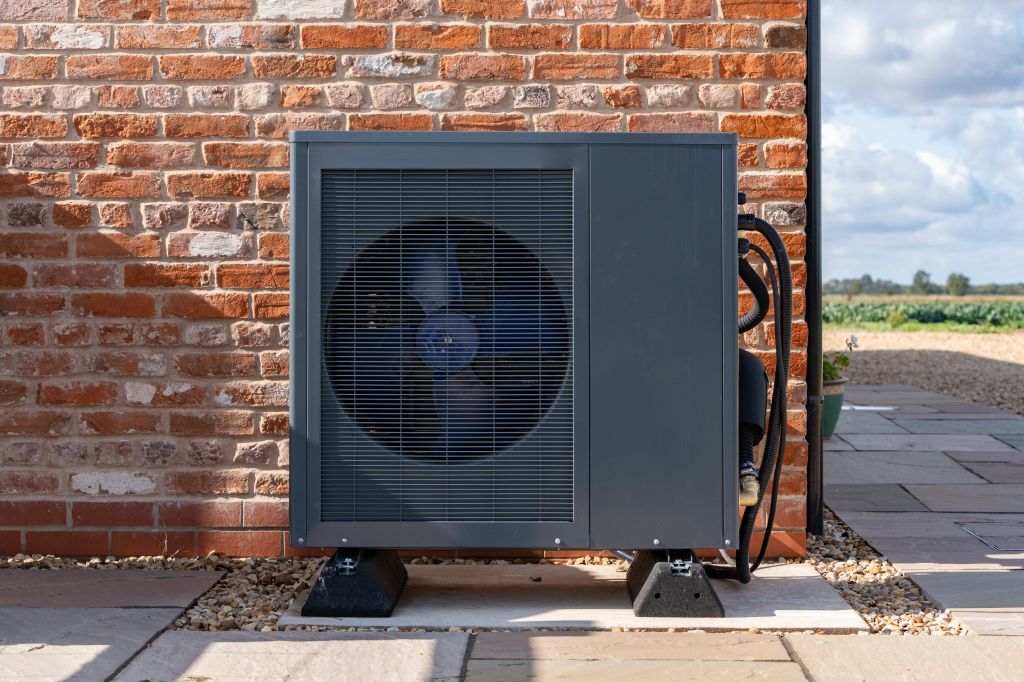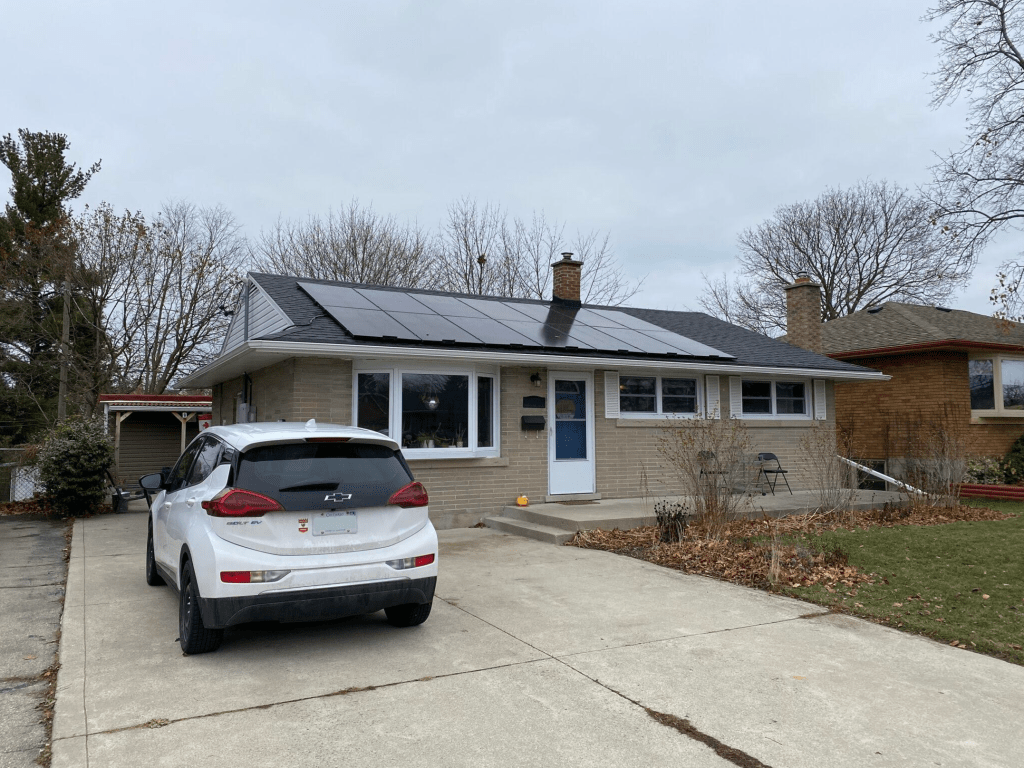These are the Government Rebate Programs That Could Help Your Home Energy-Efficient Retrofit

Published October 15, 2024 • 6 Min Read
Did you know that the energy Canadians use at home accounts for 13 percent our national energy consumption?
And this energy usage has a measurable impact on the country’s overall greenhouse gas emissions: In 2021, residential buildings were responsible for 6 percent of Canada’s emissions.
As the country works towards its net-zero emissions targets, research from RBC’s Climate Action Institute shows that, in addition to adapting how we build and power our homes, an estimated 16 million homes will need to be retrofitted to be more energy-efficient.
Energy-efficient home projects, like improving insulation or switching to a heat pump, can contribute towards fewer greenhouse gas emissions. In fact, households who participated in the federal government’s now-shuttered Canada Greener Homes Grant program reduced their annual emissions by an average of 1.18 tonnes, and saved $386 in yearly energy costs. In total, the program helped to cut greenhouse gas emissions by 306,530 metric tonnes, which is comparable to removing 94,040 cars from the road.
What are energy-efficient projects homeowners could consider?
Enhancing your home’s energy-efficiency may start with improving the air tightness of its building envelope: That is, improving roof or wall insulation, as well as adding double- or triple-pane windows and doors with weather stripping. A well-insulated home can help to improve comfort at home, due to better humidity control.
With these types of retrofits it’s possible to “immediately feel an increase in the comfort of your home,” say Myha Truong-Regan, Head of Climate Research at RBC’s Climate Action Institute. “The house doesn’t feel drafty, the air temperature is more consistent throughout the house and there’s the added financial benefit of lower energy bills.”
Heat pumps can also heat and cool your home with incredible efficiency — some studies show they can be 2-5x more efficient than a gas furnace. Because furnaces are costly, Truong-Regan suggests waiting until a furnace reaches the end of its life before replacing it with a heat pump: “One of the biggest opportunities for reducing emissions is really around electrifying your home and moving away from fossil fuels.”
“Retrofitting our homes is a great opportunity for all of us to make some really smart decisions that benefit our wallets, the planet, and future generations,” she says.
How much does an energy-efficient retrofit cost?
While many homeowners may be on board with the idea of a more energy-efficient living space, the cost of upgrades — which can average between $6,000 to $7,000 — could be a major hurdle. While free or low-cost options are available, larger projects such as heat pump installation, improved insulation, and new windows come with a bigger ticket price.
Truong-Regan understands the challenge this poses for many Canadians: “What we’ve heard from homeowners is that they have these great intentions to make their homes really energy-efficient, and they care about the climate part as well, but it’s a lot of work.”
But beyond upfront costs, payoffs like lower energy bills can help homeowners weigh up the benefits of longer-term returns. Studies show that Canadians who retrofit their homes save substantially on their energy bills: Participants of the Greener Homes Grant program saved nearly $400 on their power bills annually, while the Canadian Climate Institute found home retrofits saved the average household $750 each year in energy costs.
“How much are the potential cost savings? It really depends on your lifestyle,” says Truong-Regan, as energy savings will depend on factors such as the size of a home and how many people live in it.
How is the Canadian federal government helping homeowners?
To offset potentially prohibitive costs, the Canadian government offers several different funding programs.
“These programs are needed,” Truong-Regan says. “If you look at the emissions reduction outcomes of these programs, it is spot on of where climate action needs to go.”
And while funding for the most popular federal initiative, the Canada Greener Homes Grant, has been exhausted, the good news is that other federal government programs are available.
Oil to Heat Pump Affordability Program
If you’re at or below your province’s median household income and use oil to heat your home, you could be eligible to receive up to $10,000 to purchase and install a heat pump. If you live in British Columbia, Newfoundland and Labrador, Nova Scotia or Prince Edward Island, you could add an extra $5,000 in funding from the province.
On average, participants of the Oil to Heat Pump Affordability program saved $1,337 on energy costs.
Canada Greener Homes Loan
The Canada Greener Homes Loan provides you with an interest-free loan of between $5,000 to $40,000, with a 10-year repayment term, for home energy retrofits that have been recommended by an energy advisor.
Canada Greener Homes Affordability Program
Since funding for The Canada Greener Homes Grant ran out in February 2024, the government has suspended new applications. But, the program’s replacement, the Canada Greener Homes Affordability Program, is forthcoming.
The $800-million program is designed to help low- to median-income Canadians (both homeowners and renters) upgrade their homes. The federal government is in conversation with provincial and territorial governments to discuss the launch of the program, which is expected in 2025.
The Canada Greener Homes Affordability Program aims to provide households with more comprehensive retrofit installation support, at no charge. Through this model, any home retrofits will be managed and provided by third parties, which the government expects will deliver up to four times more value than the previous grant program.
Are provincial rebates and incentives available?
Depending on where you live, you might have access to additional funding at a provincial or municipal level. Learn more about regional programs near you.
How to apply for government programs supporting energy retrofits
You can apply for Canada’s Oil to Heat Pump Affordability Program through the government’s portal. Those wanting to apply to the Canada Greener Homes Loan Program need to schedule a pre-retrofit evaluation of their home, plan their upgrades and get quotes from contractors before submitting an application.
It’s currently unclear when applications will open for the new Canada Greener Homes Affordability Program, in 2025.
Learn more about the home energy rebates available in your province.
This article is intended as general information only and is not to be relied upon as constituting legal, financial or other professional advice. A professional advisor should be consulted regarding your specific situation. Information presented is believed to be factual and up-to-date but we do not guarantee its accuracy and it should not be regarded as a complete analysis of the subjects discussed. All expressions of opinion reflect the judgment of the authors as of the date of publication and are subject to change. No endorsement of any third parties or their advice, opinions, information, products or services is expressly given or implied by Royal Bank of Canada or any of its affiliates.
Any information, opinions or views provided in this document, including hyperlinks to the RBC Direct Investing Inc. website or the websites of its affiliates or third parties, are for your general information only, and are not intended to provide legal, investment, financial, accounting, tax or other professional advice. While information presented is believed to be factual and current, its accuracy is not guaranteed and it should not be regarded as a complete analysis of the subjects discussed. All expressions of opinion reflect the judgment of the author(s) as of the date of publication and are subject to change. No endorsement of any third parties or their advice, opinions, information, products or services is expressly given or implied by RBC Direct Investing Inc. or its affiliates. You should consult with your advisor before taking any action based upon the information contained in this document.
Furthermore, the products, services and securities referred to in this publication are only available in Canada and other jurisdictions where they may be legally offered for sale. Information available on the RBC Direct Investing website is intended for access by residents of Canada only, and should not be accessed from any jurisdiction outside Canada.
Share This Article





